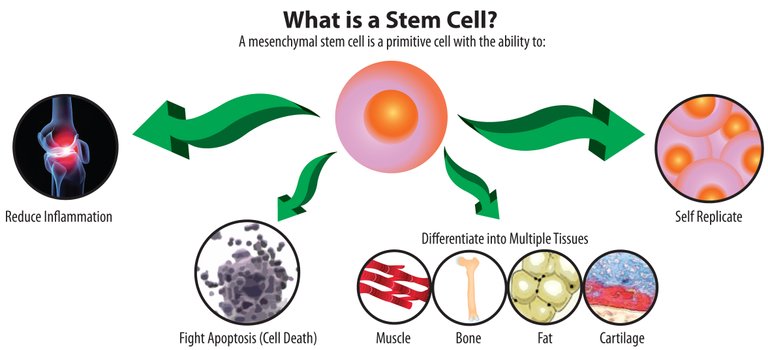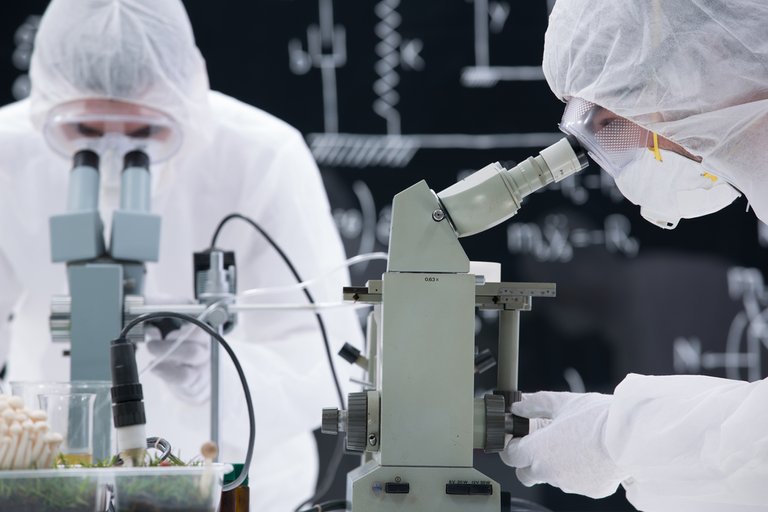I don’t remember the first time I found out about the existence of stem cells, but I know they didn’t catch my interest at the time, in order to make me more curious about them.
Now, about three years later, I came around this article from CNN about a girl with autism symptoms who got better after participating in a stem cell experiment at the Duke University. Her parents and sister were saying that she was almost completely cured, and that, initially, the doctors didn’t even know what the effects of this experiment would be.
Getting deeper into the article, I got more and more interested with this subject and I wanted to understand the basics about the functions and characteristics of these cells.
I needed this kind of knowledge for my mind to comprehend a breakthrough as big as this, some kind of “pure” cells from which new organs could be grown and which could regenerate brain cells and connections.
One can say I already had the words “science of miracle” written all over my forehead.
Now, I am writing this piece in order to share what I’ve found about stem cells and a couple of my thoughts about them. I hope it can be a helpful “basic understanding tutorial” for whoever is eager to catch up fast with this new medical discovery.

What are they?
Basically, stem cells are cells that haven’t yet been assigned to a role in the organism. They are like the first level of cells development, from which the fetus’s entire body develops. The reason I called them “pure” is because their undifferentiated role means that they are only there for their own sake, cells just being cells.
Differentiation is the process through which a stem cell can become a: muscle cell, skin cell, nerve cell, blood cell, etc.
Because sometimes metaphors make things easier to express, stem cells are the primordial workers which, by getting assigned to different jobs, build the entire structure of our bodies.

Where do they come from?
As I have mentioned above, the main kind of stem cells come from the original cell nucleus which develops in the womb. Doctors usually gather them from the vitro assisted reproduction that was no longer needed. This nucleus is called a blastocyst. They can also be collected from the umbilical cord blood or from the placenta.
For this reason, nowadays you can store all the left-over blood from your child’s birth in a stem cell bank, and it has the potential of helping him someday with whatever diseases he may be having.
There are other sources for stem cells but, according to the place they come from, they are of different kinds.
👉 The first one, whereof discussed about previously, is called Embryonic Stem Cells.
👉 The second kind is called Tissue-Specific Stem Cells and they are located in the tissue of a specific organ. Also, they can only replace and take the role of the type of cells that compose that organ.
For example, a liver stem cell will replace the old dead liver cells but cannot become a fat cell, or a muscle cell. Embryonic stem cells are pluripotent, because they can become any type of cell, and Tissue specific stem cells are specialized, and are also called Adult Stem Cells.
👉 The third kind is the Induced Pluripotent Stem Cells and they are Tissue-Specific Stem Cells that have been converted in the lab to behave like Embryonic Stem Cells. There still are differences between the converted Embryonic Stem Cells and the natural ones that scientists are searching to clarify.
👉 There is a fourth kind of stem cells, called MSN (Mesenchymal stem cells), that have been found in the bone marrow and that seem capable of forming bone cartilage and fat cells, and that may also have immunity properties, but it is not yet clear if they are truly stem cells or other kind of cells.
What does this mean?
As you can see, although there is knowledge about these cells, the way they function - the process of becoming another type of cell – is still pretty unclear.

That being said, the results are amazing, even by accident- they can sometimes cure heart and blood diseases, they can strengthen the bone structure and, in the case of seven year old Gracie, rewire the brain to the point of curing autism.
They were proven to work against cancer and imagine what they can do in the Alzheimer area.
Even more, some scientists believe they can also offer a cure for aging, in a not so distant future, because of the way they naturally develop in the organism until the body reaches 25 years old.
In a Big Think interview, Michio Kaku talks about the possibility of recharging the DNA properties by sending signals with a protein boost and it is the stem cells that keep the DNA chain together that are used as fuel for these signals.

This is clearly the path to the future but not only for science. Think about how these cells explain many of the mystical ways in which prayers and meditation has proven to work in healing and curing patients. I used the word “pure” for this reason as well, for you to think about how purity of the cells relates to purity of the matter and where does this level 1 matter come from.
If my search will lead to any theory about this matters, I’ll keep you up to date. Until then, make your own theories and maybe we can discuss about them together.

Don't forget to follow for more!
muy bueno exito y gracias por compartir
I hope they can develop this and help people with Alzheimer.